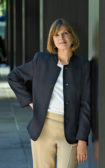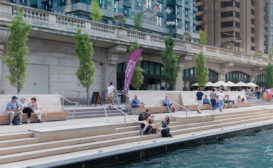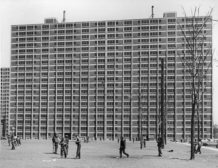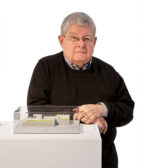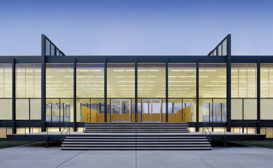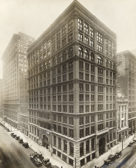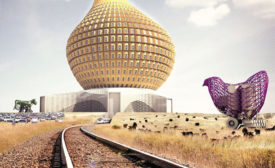Chicago: Past | Present | Future

Chicago is used to throwing big architecture parties—the World’s Columbian Exposition in 1893 and the Century of Progress in 1933. It’s high time for another. The Chicago Architecture Biennial, which opens this month, will celebrate visions of the future by showcasing more than 90 young international firms. On the following pages, Architectural Record explores the built environment and the cultural and social context for this major convocation, including a commentary on the city’s contribution to the skyscraper, an analysis of public housing today, and a look at the new parks and public spaces animating urban life.
ARTICLES
Making Places: Public Spaces in Chicago
Reclaiming defunct infrastructure, a series of new public paths and parks invite locals and visitors to gather, play, or simply enjoy navigating the city's neighborhoods.
Read More
Interview with Stanley Tigerman
'Mr. Chicago' talks about his hometown and its place in architectural culture.
Read More
Chicago: The Place Between
A modern masterpiece collides with a literary gem—that's Chicago.
Read More
High Time: Chicago Skyscrapers
Skyscrapers have figured dramatically in Chicago's architectural reputation'and will play a big part in the city's future.
Read More
Copyright ©2025. All Rights Reserved BNP Media.
Design, CMS, Hosting & Web Development :: ePublishing
